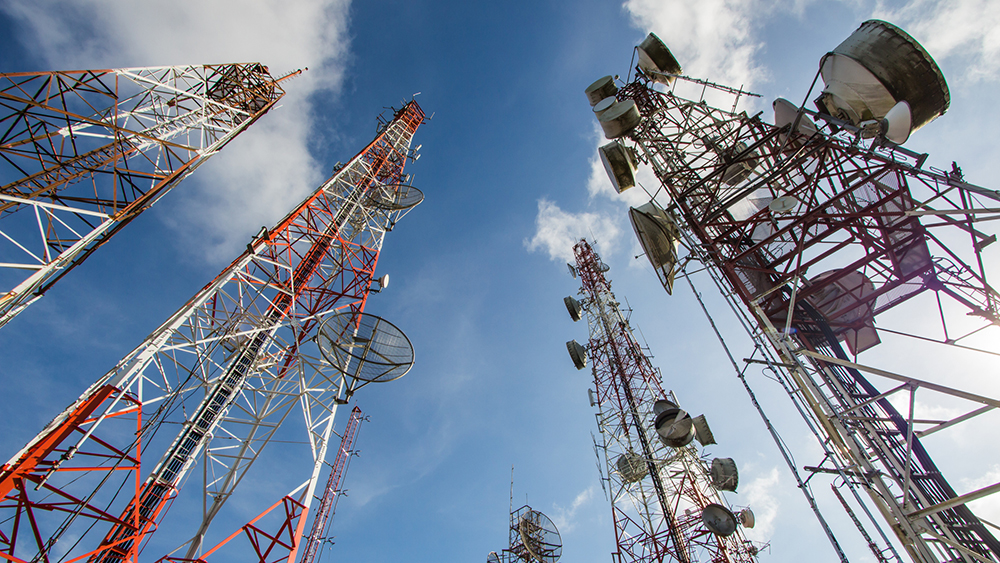

There has been an ongoing discussion (and rightly so) about the importance of connectivity and digital services during this pandemic. In case there is any doubt, international organisations such as the International Telecommunications Union, regulators and policy-makers in the Information and Communications Technology (ICT) sector, and financial institutions focused on development and society itself, have recognised the valuable role these services play, especially in the midst of a global health crisis.
However, it is striking that despite this recognition, as well as the public policies that have been adopted to support the functioning of the ICT sector, there is an essential component that remains largely absent from the measures taken. I am referring to passive telecommunications infrastructure: the supporting aerial, terrestrial or underground infrastructure that is composed of towers, masts, poles, pipelines and the physical place where they are located. The passive elements of a network do not carry communication signals and are different from the electronic elements of a telecommunications network, such as antennas and radio bases.
Importance of passive infrastructure
Passive infrastructure is the basis of mobile connectivity, where active parts of a network are established and underpinned. Mobile Network operators (MNOs) pay for access to, and the use of, this infrastructure, where they place their own network equipment to provide services to businesses and consumers. In other words, mobile companies rent space in a tower for their antennas, radios and other active equipment.
To generate maximum benefits, passive infrastructure can be rented to several MNOs that act as tenants, allowing their antennas and radios to occupy the physical space of a tower. This business model, known as co-location is efficient for MOs, as they do not incur the capital and operating costs they would otherwise incur by having to build and maintain multiple passive infrastructure sites themselves. In turn, MOs can reflect these efficiencies in retail prices for consumers and businesses. Furthermore, resources are freed up to expand mobile network coverage, especially in rural areas and marginal markets.
Another important factor is that of competition, which is encouraged by the presence of an external service provider or “neutral host” not affiliated with an MNOs, that has commercial incentives to give access to its passive infrastructure under non-discriminatory conditions. This model means lower barriers to entry, especially for new entrants or operators whose market share is still low, and provides access to passive elements of the network under fair market conditions.
The story that has not been told
The role of passive infrastructure in the ecosystem of connectivity and digital services lacks recognition by consumers themselves and, in some cases, by regulatory authorities and local governments. This is partly explained by the lack of awareness that still exists about its operation and benefits, as well as the fact that providers of this infrastructure are, in several cases, unregulated subjects.
It is also a matter of optics: how do you make the concept of “passive infrastructure” attractive? What role does a telecommunications tower have in the long-awaited digital transformation?
Regulatory and public policy responses to Covid-19 throughout the world (with Latin America, to a certain extent, being an exception) have highlighted this lack of attention to an important link in the value chain of the ICT market. Moreover, the recommendations of international organisations have done little or nothing to ensure the correct functioning of this passive infrastructure, with the vast majority focused on the active elements of a network. An example of this was the facilitation of temporary authorisations for the use of the radioelectric spectrum, but not for the deployment of fibreoptics or towers.
This underlines how important it is for governments and industry to engage in dialogue, in order to identify specific measures to protect and support passive telecommunications infrastructure in times of emergency and crisis, as well as in the aftermath they leave.
We are talking about the adoption of agile and flexible regulatory frameworks for the granting of authorisations to build new passive infrastructure. Likewise, it is essential to implement mechanisms to improve coordination between the federal government and local governments, which often causes bottlenecks in the deployment of infrastructure, even in times of emergency.
In conclusion, there is a need to further incorporate the topic of passive infrastructure into the sector’s policy dialogue, based on the understanding that this infrastructure constitutes the foundation of our digital ecosystem. Finally, it is necessary to identify actions that governments and industry can coordinate on to strengthen this infrastructure, with the benefit of the consumer always in mind.